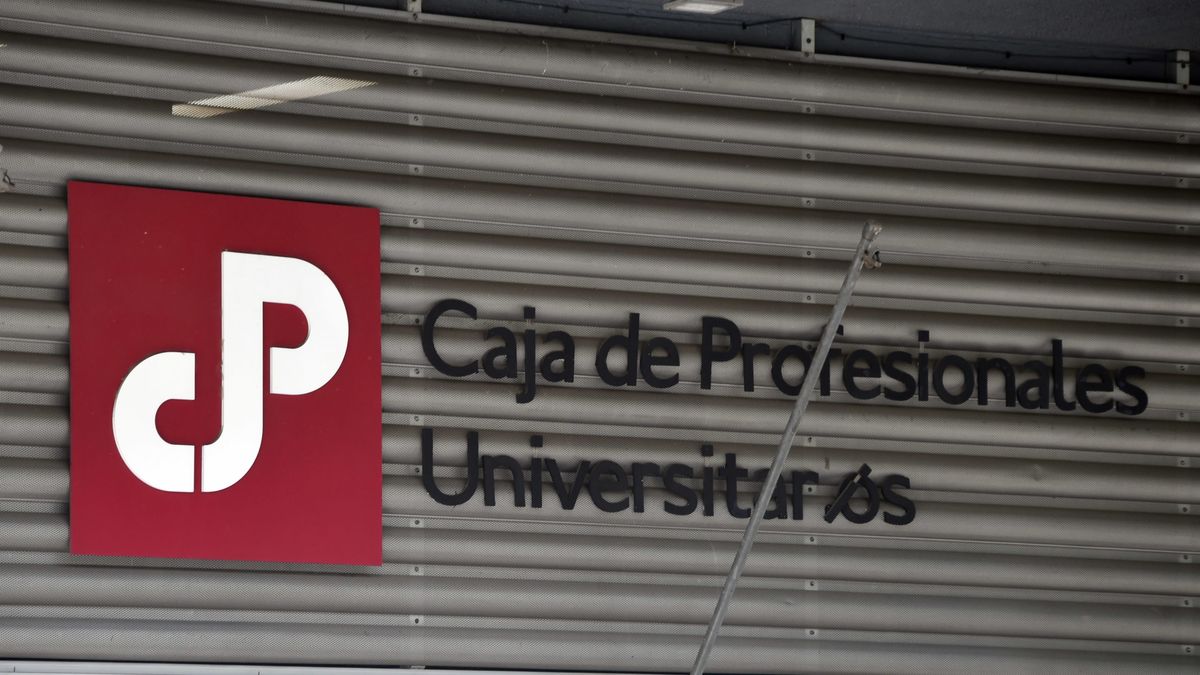Workers entering the labor market must transfer 5% of their contributions to the AFAPs, income that the State will cover for up to 40 years.
He Uruguayan State will have to transfer more than 5 billion dollars in the next decades to the parastatal coffers from the social security reform and mandatory establishment of the mixed retirement systemin the form of “transition financing”.
The content you want to access is exclusive for subscribers.
The parastatal funds are not going through good times, although some remain in more critical situations than others, as is the case of the Retirement and Pension Fund for University Professionals (CJPPU)for example. Therefore, when the social security reform voted in 2023 and implemented since last August established that all workers entering the labor market must allocate 5% of their personal contributions to an AFAP, there was concern about how this diversion of transfers previously intended solely for the funds could affect the institutions in question.


Faced with this problem, the legal text included a “financing of the transition” of these members to the mixed regime, as reported by the weekly Búsqueda. This consists of a “compensation for the reduction of income associated with the transition” by General Revenue, for an amount equivalent to the transfers made by each of these entities to the Social Security Bank (BPS) and which are destined for the mandatory personal savings accounts of members.
The period foreseen for this financing is 30 years, which can be extended for another 10, depending on the financial situation of each state fund. If the 40 years are considered in total, the “flow of contributions to individual savings accounts” would total some 5.342 billion dollars, according to estimates that the Executive Branch gave to the Parliament in the framework of the discussion of the reform. This calculation also includes the Notarial Fund, despite the fact that it was left out of the mandatory contributions to the AFAP, although its impact on the final cost “is not significant.”
The flow of contributions is also increasing from transfers in 2024, for $2.2 million, to those in 2063 for $269 million, according to these calculations.
Criticism of state transfers
From the Association of Social Security Workers (ATSS)meanwhile, strongly criticized this “deeply regressive” article of the social security reform. According to Adolfo Bertoni, historic union leader of the ATSS and supporter of the plebiscite of PIT-CNT which will be voted on in October, citizens will be financing the AFAPs through their taxes.
“It is regressive, because General Revenue (that is, all the Uruguayan people) will ‘subsidize’ or ‘compensate’ the strengthening of the AFAP “in the pension system of the state-owned funds, and to give financial sustainability to the funds themselves. In other words, it is a transfer from those who have less to those who are doing better or considerably better,” said the unionist.
Source: Ambito




